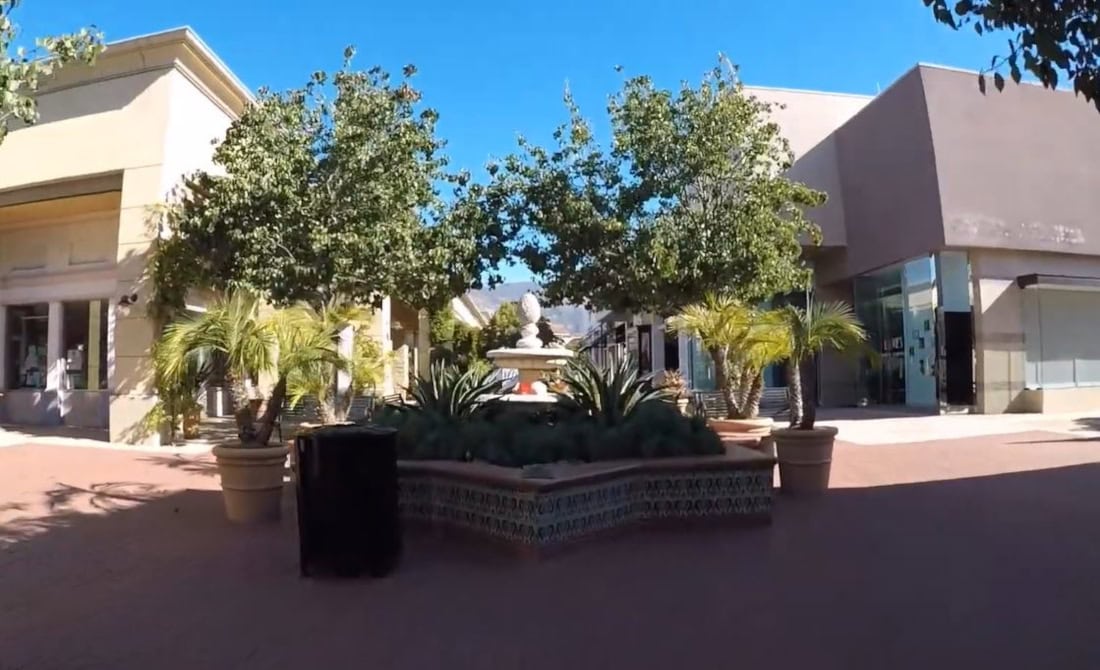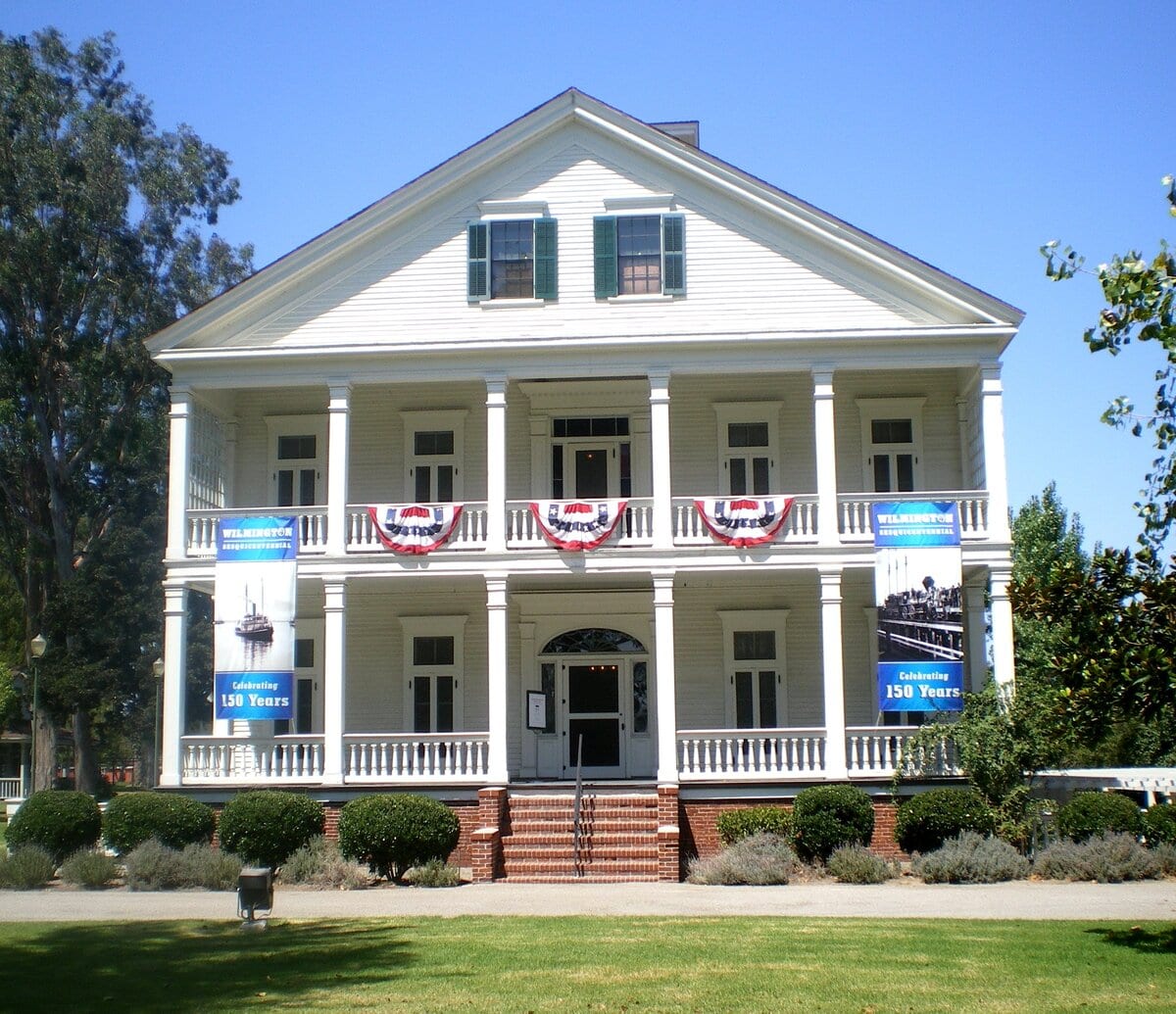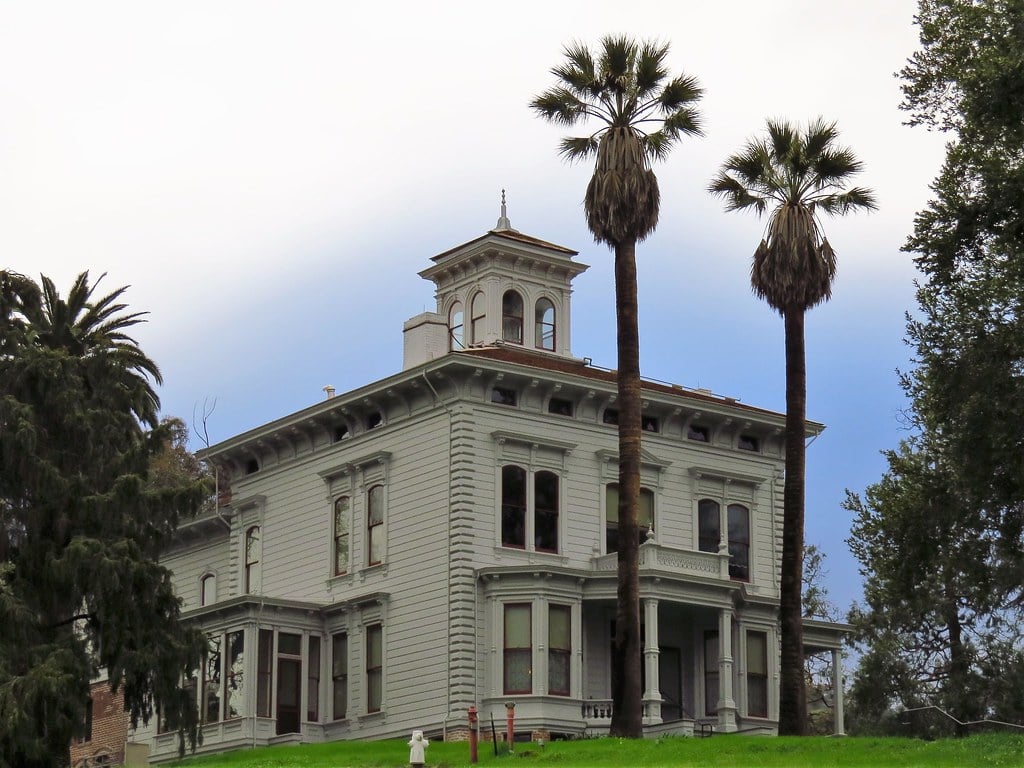A Place the Maps Forgot, But Time Didn't
Tucked into the foothills of the Sierra Nevada, Chinese Camp once buzzed with thousands of voices, most of them speaking Cantonese.
Now it's quiet. The post office still operates, though the building where it started sits empty.
A few streets remain, barely touched. The church is still upright, but not by much. What happened in Tuolumne County never quite left. That's part of why people keep coming back, to look, to wonder, and sometimes to talk about ghosts.
Gold, Forced Movement, and the Start of a Town
Chinese Camp started as Camp Washington in 1849, built by gold seekers in a region where fast claims often led to faster conflicts.
The name didn't last long. In the early 1850s, Chinese laborers pushed out of Camp Salvado, and other sites moved in and claimed the area.
People began calling it "Chinese Diggings," then "Chinee Camp," and eventually, it became a Chinese Camp.
The names tracked who lived there and how others talked about them. By 1854, the settlement had its own post office.
It opened on April 18 inside the general store, marking a degree of permanence that other boomtowns never reached.
That store no longer operates, but the post office still does, now on a different plot of land, rented from a resident.
In those first years, the population grew fast. An estimated 5,000 people, most of them Chinese immigrants, lived and worked in the camp at its peak.
These miners operated largely outside the legal protections available to white settlers, and their presence drew suspicion and, at times, open hostility.
Still, they stayed, organized into protective associations known as companies.
They dug, built, and lived on land that others had tried to deny them.
Their impact on Tuolumne County remains mostly fragmented.
Chinese Camp's origins weren't peaceful, but they were foundational.
The town exists because people who weren't wanted found a way to stay.
That fact still draws attention from anyone looking for old routes through California's Gold Country or searching for things to do in Tuolumne County, California.
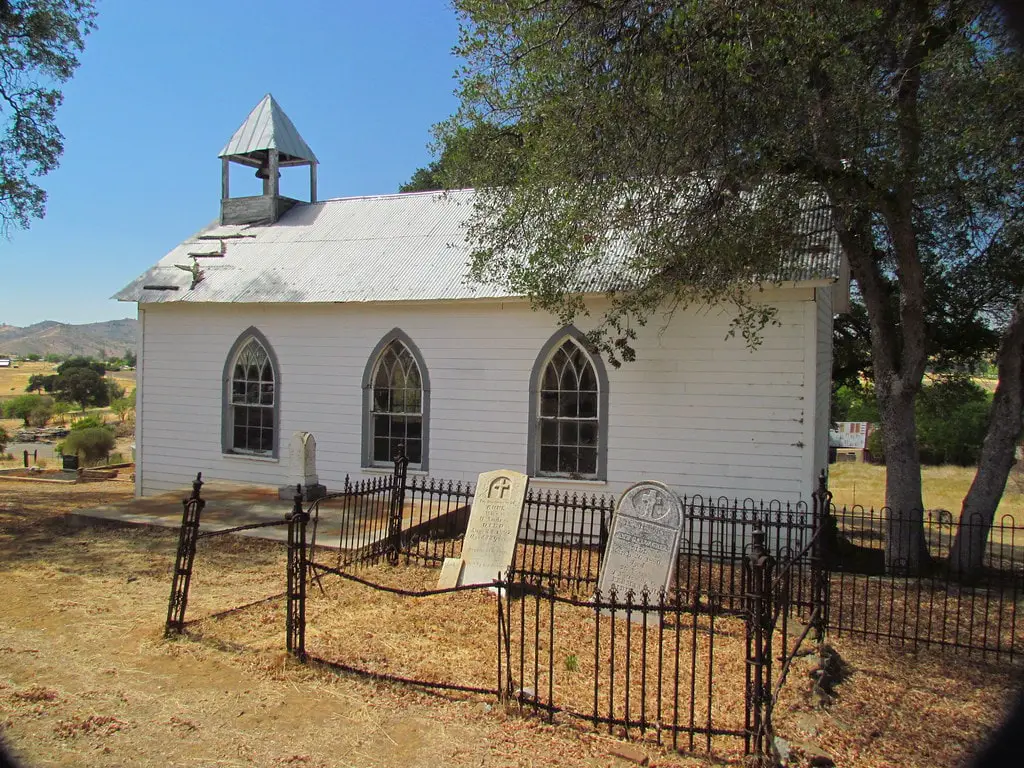
Trade, Gold Claims, and Disputes That Didn't Stay Quiet
By the late 1850s, Chinese Camp was more than a settlement, it was a mining economy with friction built into the ground.
Placer mining was the method, and the hills delivered.
Gold production in the surrounding area totaled close to $2.5 million by the end of the century, according to a 1899 mining bulletin.
That figure came decades after the original boom had passed in most of the Mother Lode.
Here, the work continued longer.
Chinese Camp wasn't without structure. Four of the six major Chinese companies operating in California had agents stationed there by 1856.
These weren't corporations in the Western sense, they were protective associations tied to districts back in Guangdong, helping miners settle disputes and pool resources.
Still, cooperation had limits. That same year, one of California's first tong wars took place nearby, involving the Sam Yap and Yan Woo tongs.
The fight did not happen in the center of town. It broke out beyond the red hills, near the junction of Red Hills Road and J-59, several miles off.
Saint Francis Xavier Catholic Church opened in 1855, built on a small hill just outside the main commercial track.
It served a different population, but its construction marked another shift.
People planned to stay. Though few buildings from that time were made to last, the church still stands, barely.
The building was renovated in 1949 by John Nicolini.
Today, it's owned by the Stockton diocese, but the structure has fallen into disrepair again.
Decline, Vacancy, and What Still Carries a Name
After the mines slowed down, the rest of the town followed.
By the early 20th century, Chinese Camp was shrinking fast.
The population dropped across each recorded census.
In 2000, the count stood at 146. By 2010, it had fallen to 126.
The 2020 Census reported 90 residents, and just 61 in 2023. Most live in scattered homes beyond the old town core.
The school tells the story in stages. For years, students attended a building near the church.
That structure was lost to fire on May 4, 2006. By then, the main school had already moved.
Since 1970, local children have attended a new facility, one built in the shape of a Chinese pagoda, designed by Dolores Nicolini.
The stylistic nod to the town's name wasn't accidental.
The design drew attention to a past that few other buildings still reflect.
Main Street, Washington Street, and the few remaining roads still appear on county maps.
A few cars pass through each day. Most keep moving.
There are no active hotels, no businesses selling food or hardware.
Housing units remain, about 60 at last count, but many sit empty or serve as second properties.
The space isn't unused. It's just sparse. The footprint remains, even when the buildings are quiet.
That kind of visibility has kept the name on signs long after commerce faded.
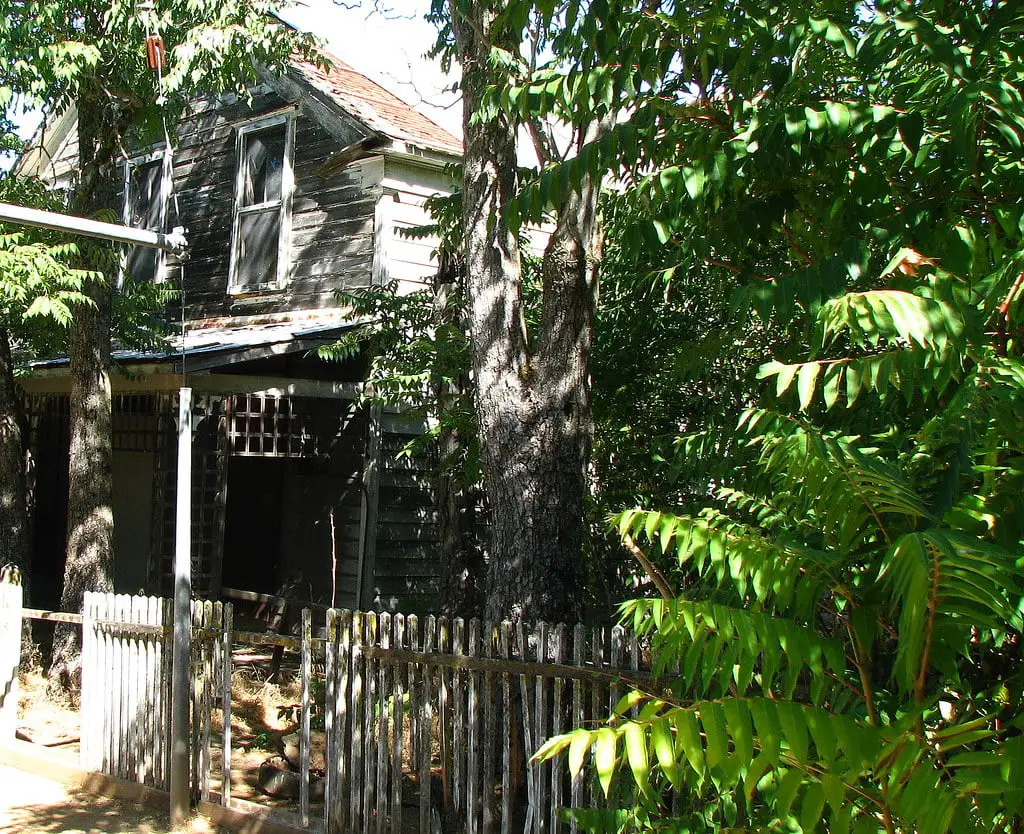
Landmark on Paper, Decay in Practice
Chinese Camp was labeled California Historical Landmark in 1949.
The plaque is easy to miss, wedged in stone, set along the roadside, formal but weathered.
It mentions the early miners, the town's role in the Gold Rush, and the Chinese labor force that built it.
North of town, Montezuma, California Historical Landmark, folds into the larger story.
Mining there started by 1850. It peaked fast, saw returns, and then burned in 1866 after a fire at Clark's Hotel. Only foundations and dust remain.
Other buildings didn't get plaques. Homes nearby show signs of structural rot, some still upright, most sealed. Foot traffic is rare.
However, crews from cable networks have passed through.
Discovery Channel filmed scenes here based on ghost lore, but no major production stayed long.
The town draws glances, not commitments. Even though it is labeled historic, the Chinese Camp survives mostly because it is overlooked.
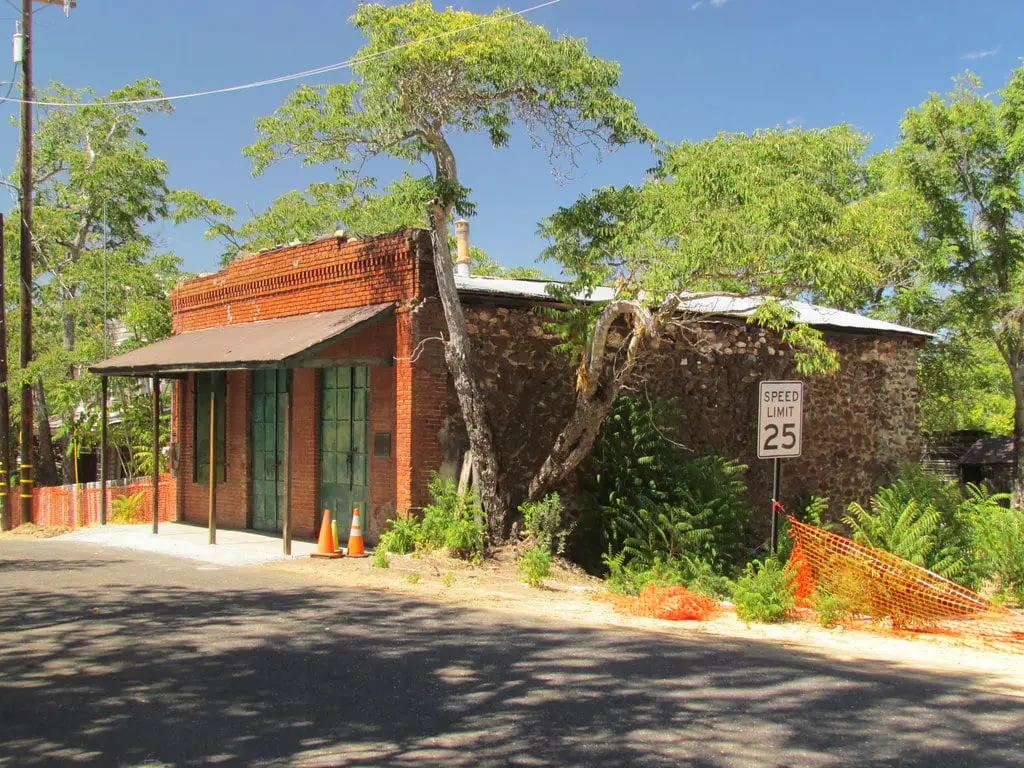
The Silence That Doesn't Feel Empty
Chinese Camp doesn't advertise itself as haunted. It doesn't need to.
The place carries its tension, quiet enough to hear the wind cross a boarded windowframe, still enough that a creak in the gravel sounds planned.
People point to the cemetery near the church.
Others mention the collapsed schoolhouse or the narrow rise where the general store used to open its doors.
The church draws the most attention. Saint Francis Xavier, built in 1855 and restored in 1949, has since slipped back into collapse.
The structure stands, barely. Its doors stay shut. Boards cover the windows, but enough light gets through to draw lines across the floor.
Visitors report cold pockets, the sense of being watched, or footsteps that seem too close to be theirs.
No official team has documented any of this. No ghost tours run here. But the stories don't fade.
What's strange is how consistent the reports are, even when no one claims to have seen anything.
It's not lights or voices, it's the air, the pause, the sense that Chinese Camp didn't just lose people...
it held on to something else. No proof, no patterns. Just the way certain places press in when the noise falls away.
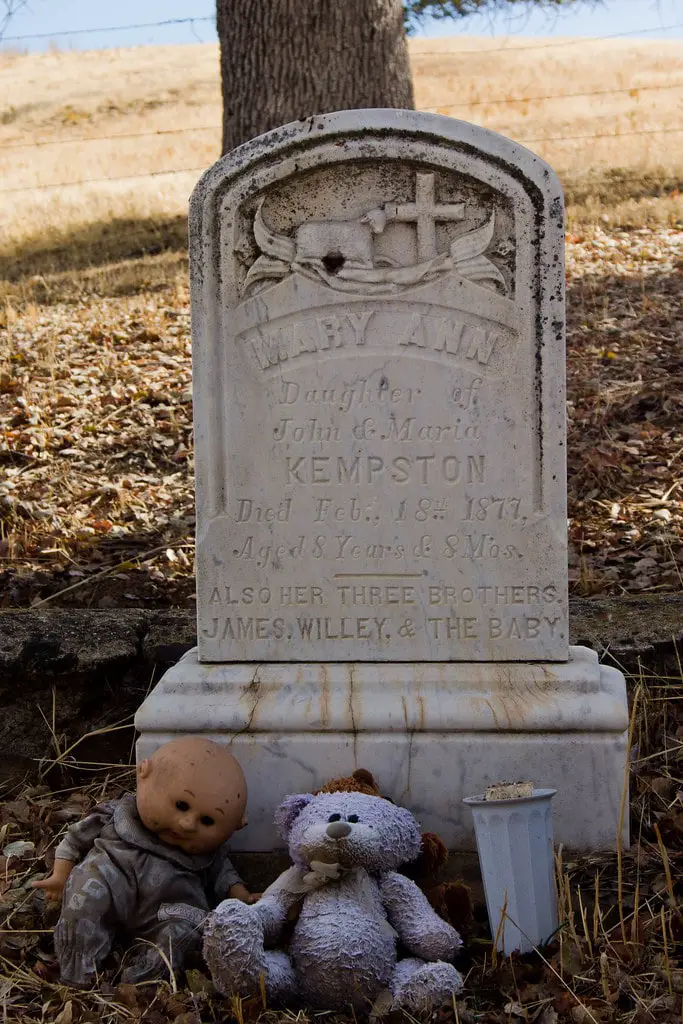
🍀


